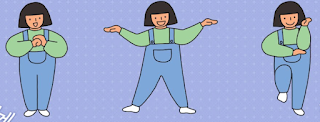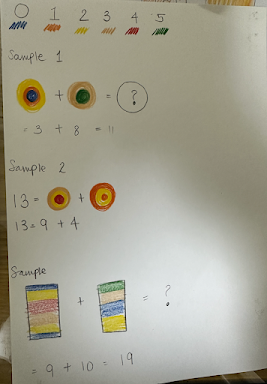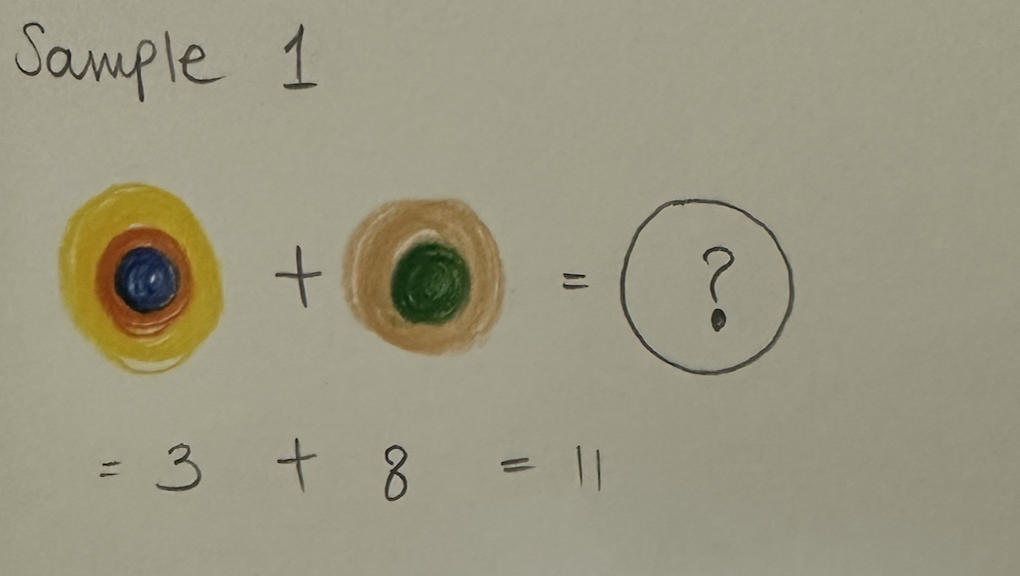Reflective Reading
from Åström, A., & Åström, C. (2021). The art and science of rope. https://doi.org/10.1007/978-3-319-57072-3_15
As an educator committed to providing a well-rounded and engaging curriculum for my grade 1 students, I often find inspiration in unexpected places. Recently, I delved into the article "Art and Science of Rope" by Alexander Åström and Christoffer Åström, which provided a fascinating exploration of the historical and archaeological aspects of rope making. While the content might seem advanced for young learners, the fundamental concepts and the intersection of art and science presented valuable insights that I could connect with my teaching experiences.
Stop Point 1: The Ancient Connection between Tools and Art
The article delves into the historical significance of tools, arguing that their usage was a crucial part of human evolution. This idea resonates strongly with my teaching philosophy, emphasizing the importance of hands-on experiences for young learners. I believe that providing students with tools, even simple ones like pencils and scissors, fosters their cognitive and motor skills development.
In my classroom, we often engage in art activities that involve using various tools, allowing students to explore their creativity while developing essential skills. Reflecting on the historical context presented in the article, I can draw parallels between our art projects and the early use of tools by our ancestors, showcasing the enduring connection between creativity and practicality.
Stop Point 2: Cordage and Rope as Essential Tools
The article highlights the crucial role of cordage, asserting that it is one of the most important tools ever used by humans. This revelation opens up a valuable opportunity to introduce the concept of tools in a broader sense to my young students. By simplifying the idea that rope and cordage are tools, I can emphasize their significance in various human activities.
Incorporating this knowledge into my teaching, I can design activities that involve teamwork and collaboration, simulating the communal aspects of using tools. This not only aligns with the historical context discussed in the article but also encourages social development among my grade 1 students.
Stop Point 3: Nature as Inspiration for Innovation
The article suggests that early cordage production might have been inspired by nature, specifically plants with ropelike structures. This notion provides an excellent segue to introduce the concept of innovation and problem-solving to young minds. By exploring the idea that early humans looked to nature for inspiration, I can encourage my students to observe and draw inspiration from their surroundings.
Incorporating nature-themed art projects and discussions about the ingenious ways in which humans have learned from the world around them can foster a sense of curiosity and environmental awareness in my grade 1 students.
In conclusion, the exploration of the "Art and Science of Rope" article has not only deepened my understanding of historical tools but has also offered valuable insights into connecting these concepts with my teaching practices. By weaving together the threads of history, art, and science, I aim to provide my grade 1 students with a holistic learning experience that sparks their curiosity and nurtures a love for exploration.
Three Reflective Questions
1) How can I integrate the concept of tools, inspired by the historical use of cordage and rope, into more hands-on and collaborative activities in my grade 1 classroom?
2) In what ways can I foster a sense of curiosity and environmental awareness in grade 1 students by drawing connections between nature's inspiration for cordage and their own creative endeavors?
3) How might I adapt my teaching methods to cater to different learning styles when introducing historical and archaeological concepts, ensuring that grade 1 students grasp the fundamental ideas without feeling overwhelmed?












